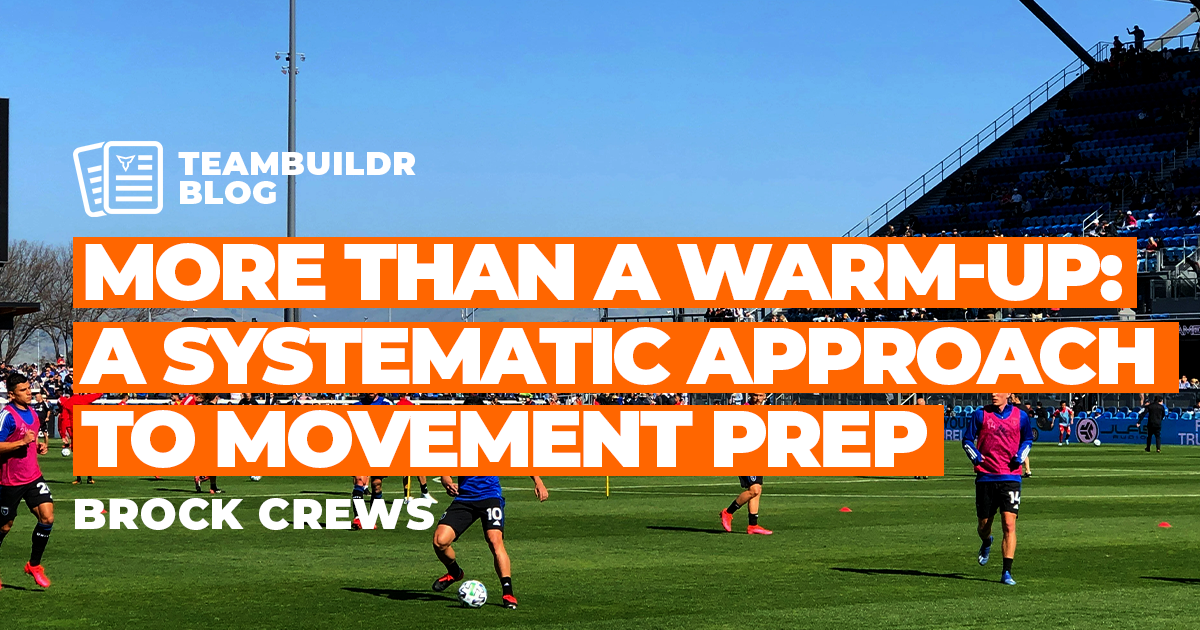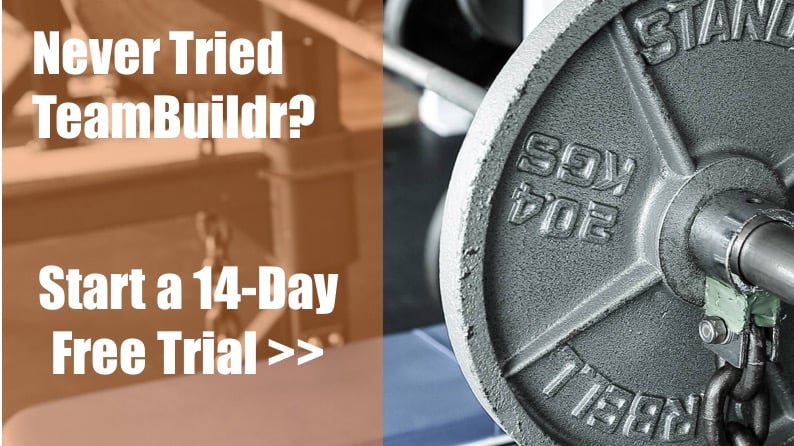"POP100" - Why Should Every Strength Coach Know About It?
Many strength coaches have embraced the idea of velocity tracking in recent years. An example of velocity tracking is bar speed - the measurement of the speed and/or acceleration of the barbell per rep. The idea is that "not all reps are created equal" -- some reps are "better" than others. Measuring the quality of every rep or set based on velocity is meant to give strength coaches certain insight in an athlete in that specific moment in time.
One of the metrics within the velocity tracking category is "POP-100" which measures a component of bar speed -- more specifically, it tracks the bar's acceleration. This metric is originated by the folks at Assess2Perform (A2P), makers of the Bar Sensei and Ballistic Ball.
"POP-100" defines the very early stage of the concentric movement, what is happening out of the bottom of an exercise - commonly a barbell squat. Scott Damman, co-founder of A2P, describes the metric as an innovative stride in velocity-based tracking:
"The Bar Sensei A2P PRO App includes a metric called POP-100 to get at what has previously been an elusive yet important training quality to quantify – RFD, impulse, explosiveness, starting strength, or whatever term you chose to use. POP-100 is displayed as the max speed (meters per second) the athlete hits at the 100 millisecond mark of the concentric phase of a movement. It’s a short distance. A new way to look at quantifying explosiveness out of the hole.
Our goal with the POP-100 feedback is to complement the standards of PK and AVG, offering a new insight that may assist with fatigue monitoring. Will the POP-100 be more sensitive to ID’ing fatigue vs the full range of motion of PK or AVG outputs? I do not have that answer today, the upcoming research will let us know. But I think there is something to this.
One other aspect to consider when using the POP-100 metric is to look at how well the athlete transitions from the eccentric phase to the concentric. As your athlete increases eccentric strength, brakes faster, and is training with the intent of turning that load around more crisply, the POP-100 will mark the progression. We want the athlete to get credit, see the results from all of the detailed programming provided by the Coaches."
As Scott mentions, research needs to be done to confirm the efficacy of POP-100. However, the application is taking place in the field today.
Rachel Balkovec is a minor league strength coach with the Houston Astros and plans on using POP-100 to gain insight to player readiness:
"We believe that POP-100 will give us an objective number to put on the amortization phase of the movement. This is a unique measure that shows an athletes ability to stop the eccentric movement and initiate concentric movement. We believe this data point to be extremely important in determining the explosive ability of an athlete.
Referencing the Tri-Phasic training literature completed by Cal Dietz, an athlete can have the same amount of strength and be separated by his or her ability to transition from the eccentric phase to the concentric phase. POP-100 measures athleticism and explosiveness, both vital components of an athletes physical success."
Subscribe to our blog
Subscribe to receive the latest blog posts to your inbox every week.
Related posts

Workload Management 101

Systematic Approach to Movement Preparation


